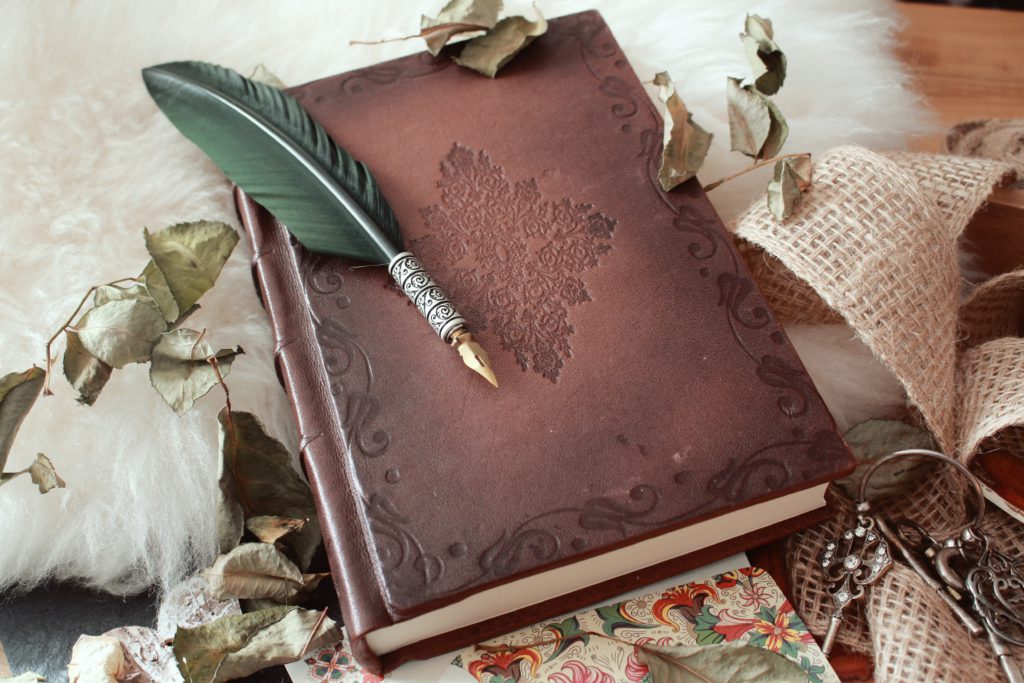Being able to write brilliant literature is like magic. It looks seamless to your audience while you weave each piece together meticulously. Or it is like making the perfect cup of tea, looks simple but has to have the right ratio of all ingredients.
Mugafi Ved – AI Storywriting tool
What are these ingredients that account for the perfect recipe of amazing literature? How do the likes of J.K. Rowling, Dan Brown, Jane Austen or Agatha Christie make it happen? We sure do not think about it while flipping the pages of their books, captivated by the words.
As you begin your journey to master the art of writing impeccable stories, it is time to think about what goes into it. Each element of literature plays an irreplaceable role in bringing the book together. Perfecting each of them is another story. So let us begin by taking a look at what are the five main elements of literature:
Mugafi Ved – AI copilot for writers
1. Theme:
Every short story, novel or drama is built around one central theme or a big idea. It is a major idea that governs the overall story. It is the emotion that emerges within us while reading if the story is well written. There is no magic formula to figure out the theme of a story. It is not directly mentioned in the book. You can question – what does the book reveal about you, or the world or the society? What does it prove? What do the characters discover?
For instance, in Macbeth by Shakespeare, the theme is that of unchecked ambition and the havoc it wreaks. In Romeo and Juliet, it is the power of love. These ideas are recurrent throughout the work and they drive the plot.
2. Plot:
In simple words, the plot is the storyline of a book. The series of events that take place through the course of the story constitutes the plot. However, it is not the same as a summary of the story. Also, not every event that occurs is part of the plot. The plot is made of events that push the story forward or heighten the conflict. It is those events that are highly important for the story to unfold.
There are six elements of the plot-
●Exposition: Exposition is simply the lifting of curtains as the story begins. Here, you only get to see the main characters and the setting. Not much action has started yet.
●Conflict: Soon after the exposition, we see the conflict in the story. An incident sets the conflict in action, which is basically an obstacle that the main character has to overcome. This is the major goal of the story.
●Rising action: As the character sets on their journey to resolve the conflict, more obstacles come their way. Just when it feels like they have solved one problem, the next one arises, or the mystery intensifies. This is where the reader starts to get hooked on the story.
●Climax: As the conflict intensifies with rising action, the tension grows until it reaches the point of climax. This is the ‘make or break’ moment of the story. Things will either move in a good direction or completely fall apart. Either way, the conflict does not intensify beyond the climax.
●Falling action: Also known as a denouement, falling action is the dilution of conflict. It can be the final glueing together of missing pieces in a mystery novel, which will lead to a happy ending or it could be the grieving after death and destruction, before a sad ending.
●Resolution: This is where the story concludes and the conflict is completely resolved. Traditionally, the reader has all the answers at this point, but a lot of contemporary authors have broken this rule and left their readers on a cliffhanger ending.
3. Conflict:
It is the most important part of the plot. If there is no conflict, the story would be just a boring collection of events. In all works of literature, once the story has started out nice and calm, something goes wrong, or a problem is revealed. This is the conflict, which the character aims to overcome. For example, in Romeo and Juliet, their families are against their courtship. This is the conflict and this moves the plot forward.
4. Characters:
It goes without saying that a story typically needs to have at least one character for any action to unfold. There are several characters in most works of literature but the protagonist and the antagonist are the most important. In simple words, the hero of the story or the main character is called the protagonist. It is whom the reader’s empathy and loyalty lie with. The character that keeps trying to throw obstacles in the protagonist’s way is the antagonist, commonly known as the villain.
5. Setting:
The setting is where the story is taking place, geographically and historically. It can be as simple as New York City or as fanciful as Hogwarts. The best authors go to extreme lengths to describe the settings in their books. They aim to bring it alive or to transport the reader into the fictional world. Describing the landscape, the time of the day, the weather and the mood is also a great way to paint a picture of the setting.
Online Writing Class by Ruskin Bond:
Do you want to know more about writing gripping stories? Check out our unluclass by the legendary Ruskin Bond where he shares his knowledge and experience. In this online writing class, you will learn everything that you need to know to make your first step as an author.

